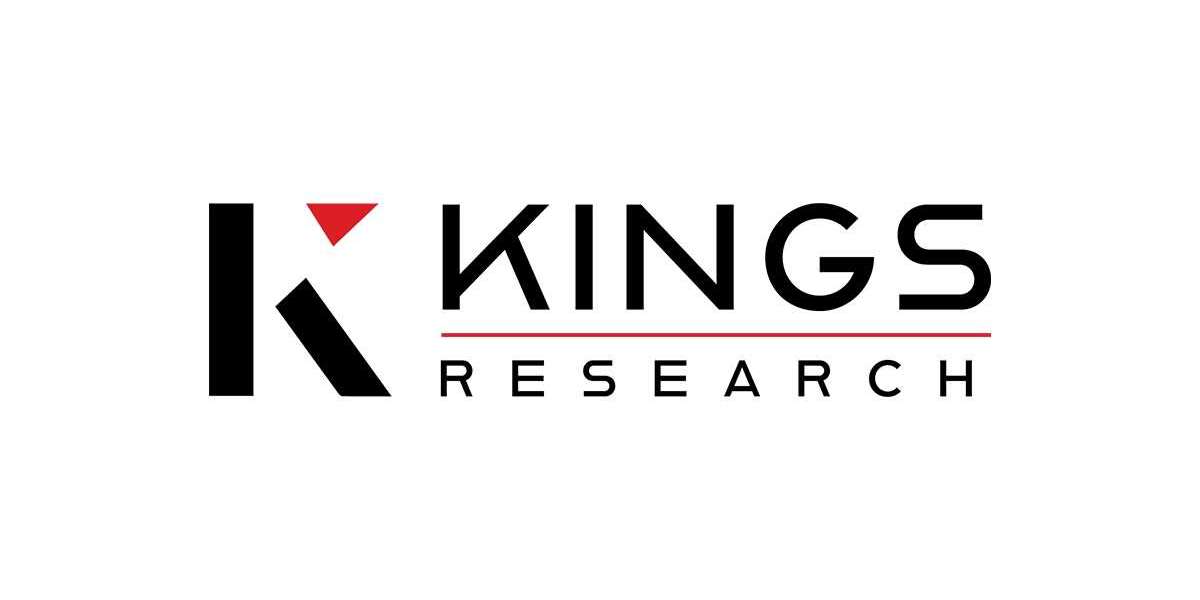Ependymoma, a rare CNS tumor originating from ependymal cells, impacts both pediatric and adult populations differently. Despite being a niche market, advancements in diagnostic imaging, treatment approaches, and clinical research are fostering optimism for improved therapies and patient care.
Understanding Ependymoma Market
Ependymomas can occur in various regions of the brain and spinal cord, with the ventricles, brainstem, and spinal cord being the most commonly affected areas. These tumors are classified into grades, ranging from grade I (less aggressive) to grade III (highly malignant). Symptoms vary based on tumor location and may include headaches, seizures, nausea, and neurological impairments. Diagnosis typically involves imaging techniques like MRI or CT scans, followed by a biopsy to confirm the tumor type and grade.
Epidemiology of Ependymoma
Ependymoma is a rare disease, with a global incidence of approximately 1–2 cases per million people annually. According to DelveInsight, there are notable differences in the occurrence of ependymoma between children and adults. Pediatric cases, particularly in boys aged 0–14, often involve the spinal cord or brainstem. In contrast, adult cases are more commonly observed in the brain.
Increased awareness and improved diagnostic tools have enhanced detection rates, providing a more comprehensive understanding of ependymoma's epidemiology and creating opportunities for market growth.
Ependymoma Treatment Market Landscape
Ependymoma treatment typically involves a combination of surgery, radiation therapy, and chemotherapy, customized to factors such as the tumor’s grade, size, location, and the patient’s age and overall health.
- Surgery: Surgery is the primary treatment for ependymoma, with the goal of removing as much of the tumor as possible while preserving surrounding healthy tissue. Complete resection is associated with better outcomes, though the tumor's proximity to critical areas like the brainstem or spinal cord may limit surgical options.
- Radiation Therapy: Radiation therapy is often used after surgery, particularly for high-grade tumors or cases where complete resection is not feasible. Advances in techniques like intensity-modulated radiation therapy (IMRT) and proton therapy enable precise delivery of radiation, minimizing harm to healthy tissues.
- Chemotherapy: Chemotherapy is typically reserved for recurrent or refractory cases, though its effectiveness has been limited. New chemotherapy agents are under investigation in clinical trials, especially for pediatric patients.
- Targeted Therapies and Immunotherapies: Emerging therapies focus on targeting genetic mutations and signaling pathways specific to ependymoma. Immunotherapies, which leverage the body’s immune system to fight cancer, are also gaining traction as promising treatment options.
Market Trends and Growth Drivers
Several factors are driving growth in the ependymoma market:
- Advances in Diagnosis and Treatment: Innovations in imaging technologies and genetic profiling have improved early detection, enabling timely and precise interventions.
- Increased Awareness: Greater awareness of rare cancers has led to earlier diagnoses and better survival rates.
- Clinical Trials and Drug Development: Ongoing clinical trials for novel therapies, including targeted treatments and immunotherapies, highlight the industry’s commitment to innovation.
- Collaborations and Partnerships: Strategic alliances among pharmaceutical companies are accelerating the development and commercialization of advanced therapies.
- Advocacy and Funding: Patient advocacy groups and research initiatives have been pivotal in securing funding and driving progress in understanding and treating ependymoma.
Key Ependymoma Companies in the Market
Several pharmaceutical and biotechnology companies are at the forefront of ependymoma treatment development, including:
- Novartis
- Merck Co.
- Bristol-Myers Squibb
- Genentech
- AbbVie
- Amgen
- Celgene
- Regeneron Pharmaceuticals
Smaller biotech firms focusing on targeted therapies and immunotherapies are also contributing significantly to innovation in this space.
The Future of the Ependymoma Drugs Market
The ependymoma market is poised for growth as precision medicine, targeted therapies, and immunotherapies continue to evolve. These advancements are expected to improve survival rates and enhance the quality of life for patients by offering more effective and personalized treatment options. With ongoing research and clinical trials, the future looks promising for those affected by this challenging disease.
List of Top Selling Market Research Reports in 2025
Diabetic Wound Market | Overactive Bladder Syndrome Market | Percutaneous Arterial Closure Device Market | Peripheral Nerve Injuries Market | Radial Artery Compression Device Market | SGLT2 Inhibitors Market | UK Healthcare Report | Wound Healing Devices Market | Attention Deficit Hyperactivity Disorder Market | Celiac Disease Market | Pediatric Neuroblastoma Market | Respiratory Syncytial Virus Market | Short Bowel Syndrome Market | Stem Cell Market | Vitreoretinal Surgery Devices Market | Carcinoid Syndrome Market | Cardiogenic Shock Market | Peripheral SPA Market | Pouchitis Market | Surgical Robotic System Market
About DelveInsight
DelveInsight is a leading market research and consulting firm specializing in the life sciences and healthcare industries. By delivering actionable insights, DelveInsight empowers pharmaceutical, biotech, and medical device companies to make strategic decisions in competitive and dynamic markets. Their expertise in rare diseases, including ependymoma, makes them a trusted partner for organizations aiming to drive innovation and growth in the healthcare sector.
Contact Information
Kanishk Kumar
Email: kkumar@delveinsight.com






